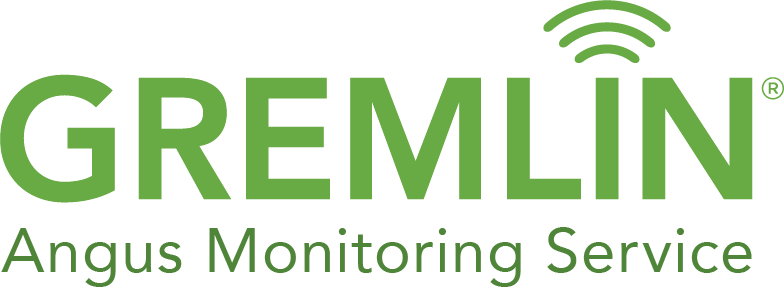How Much Does A Runout Really Cost You?
One of a fuel dealer’s highest priorities is to make sure their automatic delivery customers don’t run out of heating oil or propane, especially during the winter months – they can be costly!
During a recent interview with Gary Sippin of Sippin Energy Products, he mentioned: “the true cost of a run-out is grossly misunderstood.” That led us to explore this topic more in depth.
Many run-out calls come into customer service disguised as a “no heat” call. This is where the cost begins. The customer service rep (CSR) often follows a series of questions in hopes they can resolve the issue over the phone. Is your emergency switch to the on position? Did you try to press the reset button? Can you try to adjust your thermostat? Simultaneously to asking the customer questions, they are also researching the customer’s master file information to see when they are due for delivery, is it past due and if so, was it due to a credit issue or some other stop status. Once the call is properly qualified as a legitimate “no heat” call, the workorder is produced and, in turn, eventually assigned to a technician. The costs now continue to add up.
Sending a technician to the home ($140)
Sending a technician out to a customer’s home will cost you an industry average of $140. Your technician gets to the house and will most often check the tank, especially if the customer is past due for delivery. Once the visual on the tank has confirmed that the customer is “dry,” in the case of heating oil, the technician will use a 10-gallon can of product carried in the van for such emergencies. After putting the 10 gallons of heating oil into the tank, the technician will prime and start the heating system and complete the service call with any other tasks required by company procedure.
Dispatching a nearby truck to fill up the tank
Once the technician contacts dispatch to confirm the run-out, often times a nearby truck will be dispatched to the home to fill the tank. This unexpected and sometimes off-route delivery can cause your driver to push off some scheduled deliveries to the following day, directly affecting his sequence of stops, reloading, or a number of other routing related issues, all of which increases delivery costs.
The additional service calls ($140/each)
Often times when the delivery truck fills up a near empty tank at 65 gallons/minute there’s a good chance that the sludge from the bottom of the tank can get stirred up, potentially causing additional no heat calls. Since the fuel flow to and through the nozzle can often be hampered by this dislodged sludge, it is not surprising that customers will often call back with another “no heat” complaint – but this time a bit agitated. Dispatching yet another service technician to troubleshoot the situation will cost an additional $140 and could leave you with an unsatisfied customer. Did you know that losing a customer could cost you anywhere from $300 – $900 to replace?
Interruption of services in the previous 12 months is statistically one of the most common reasons for customer losses in our industry, regardless of what they say the reason is when they terminate.
An operational run-out summary
Each run-out has its own story. A small percentage of them may not come with additional service calls; however, based upon data that you may have access to through BRITE, one can see that the costs of a run-out are deeper than most dealers might consider. This could include:
- Customer inconvenience and dissatisfaction (and ultimately losing them)
- The cost of the first service call PLUS any required additional service calls
- The cost of dispatching a driver to fill the tank, either off route or evening on-call delivery
- The dealer’s response to this risk of increasing reserves on all customer to prevent those few from running out (reduce all 275 tanks from 185 to 170 gallon ideal)
- The impact of negative comments or reviews on social platforms like Facebook, Google, Yelp, etc.
All of these steps have a cost attached to them. It’s not just the initial service call to confirm the run-out, it’s the entire shift in your operations that comes just with ONE run-out.
So, How can you avoid run-outs?
The easiest way to avoid a run-out is to know exactly what is in your customer’s tank, eliminating the guesswork that comes with K-Factors, variable burning caused by alternative heat sources or change in habits, and weather patterns. Heating oil and propane tank monitors are gaining attention within the fuel industry as dealers search for more efficiency. The question is no longer if you need them, rather which tanks you should install them on first.
For so many years fuel dealers have been burned by run-outs. In order to reduce risk dealers have reluctantly accepted the sacrificing of delivery efficiency across the board. There is no need to anymore. The energy industry continues to technically evolve to provide you with tools to help you solve problems, such as run-outs. Continue to learn about the technologies available to you today and find the best solution for your business.

